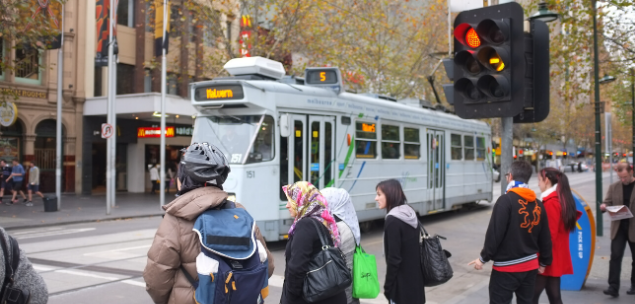The world, as well as commuter’s attitudes towards transport, have changed dramatically since COVID-19 shut down our cities. Mass transit and rideshare services have been something to avoid. “Micromobility” operators have taken a hard hit during the lockdown with many companies announcing redundancies and restructures.
Uber announced in May that it is leading a US$170 million investment round into cash-strapped electric-scooter rental company Lime. They did not disclose the valuation for Lime, though the company confirmed it was much lower than in its previous round. As part of the move, Uber is transferring Jump, the e-bike business it bought in 2018, to Lime and providing much needed funding to weather the Covid-19 storm. Uber could save several hundreds of millions of dollars per year by offloading Jump to Lime.
The company has since come under fire after it was revealed that thousands of Jump e-bikes have been sent to the scrap yard just weeks after the deal. The move comes at a time when people are avoiding public transport and sales of e-bikes and e-scooters are booming – leading to many questioning Uber’s decision.
It’s a sign that new travel habits are being forged during the lockdown. City transport may ultimately look very different when “new normal” life begins. Public transit will undoubtedly resume, but commuters have also been given a nudge towards alternative modes of travel that allow them to conduct social distancing. So-called micromobility companies stand to gain in the long run. But they are behaving in very different ways in the face of the pandemic, largely based on the depth of their current losses, and how much cash they are burning.
Electric-scooter operator Bird has been juggling steep losses, reportedly burning through US$100 million in the first quarter of 2019 alone, before any coronavirus effect. In late March it laid off 30% of its workforce, a total of 406 departures. CEO Travis VanderZanden said in his letter to staffers that the company has had to “pause many markets around the world and drastically cut spending.” That has helped extend its “cash runway” through the end of 2021.
Lime also pulled its e-scooters from the streets at the onset of the outbreak. On April 30, it said it would lay off 13% of its employees, around 80 people. Outgoing CEO Brad Bao said in an email to staff that “almost overnight” the company had gone from being on the eve of becoming the first micromobility company to turn a profit to a company that had to pause operations in 99% of its markets.
Related:
Some cities enforced their own pause for shared e-scooters, while others have taken a more proactive approach. Brisbane City Council has been working with Neuron Mobility, the only shared e-scooter operator still running in Australia, to keep the city’s essential workers moving. After revamping its operations to meet the Covid-19 threat, the company introduced free passes for public-health employees who are still commuting. They have notched up thousands of free trips and the passes have been extended to continue supporting health workers due to high demand.
Meanwhile in the UK, transport secretary Grant Shapps has recently unveiled a £2 billion package to support “active travel” as the country eventually emerges from the crisis. Part of this deal will see e-scooters officially welcomed into the country, with trials originally planned for next year being fast-tracked over the next couple of months.
To better understand commuter behaviour during Covid-19, Neuron conducted the first survey of riders using e-scooters during the lockdown. Responses come from health professionals and other essential workers, as well as people using e-scooters to make essential trips. One in five said they hadn’t ridden an e-scooter before, but actively chose to change their travel habits during the outbreak. The risk of the coronavirus played into the decision-making for 91% of all respondents.
The most important factors leading to e-scooter use are the ability to practice social distancing (78%), that e-scooters are inexpensive and convenient (68%), and the belief that e-scooters reduce exposure to germs compared with many other forms of transport (76%). The majority of respondents (83%) regard e-scooters as low risk, whereas public transport (99%) as well as taxis and ridesharing (98%) are considered medium or high risk.
Zachary Wang, Neuron’s CEO, is optimistic about the future: “With restrictions now lifting, people are rethinking the way they travel, particularly in cities. Already we’ve seen a new wave of riders choosing e-scooters over other forms of transport as they provide a more individual way to travel that allows them to continue social distancing. When it comes to getting cities moving again, e-scooters are safe and convenient, they also provide a much better option than switching from public transport to cars.”
As restrictions relax, the bulk of respondents (85%) say Covid-19 risks remain a concern, especially secondary infection. As a result, 77% of riders say they will continue to use individual transport options such as e-scooters post Covid-19. This could signal an important change in how people move around cities.
Those figures suggest that micromobility has a part to play in how personal and public transport develops. The question remains which players in the industry will survive the undoubted tough circumstances that are currently unfolding, leaving some short of money when they need it most to expand.

